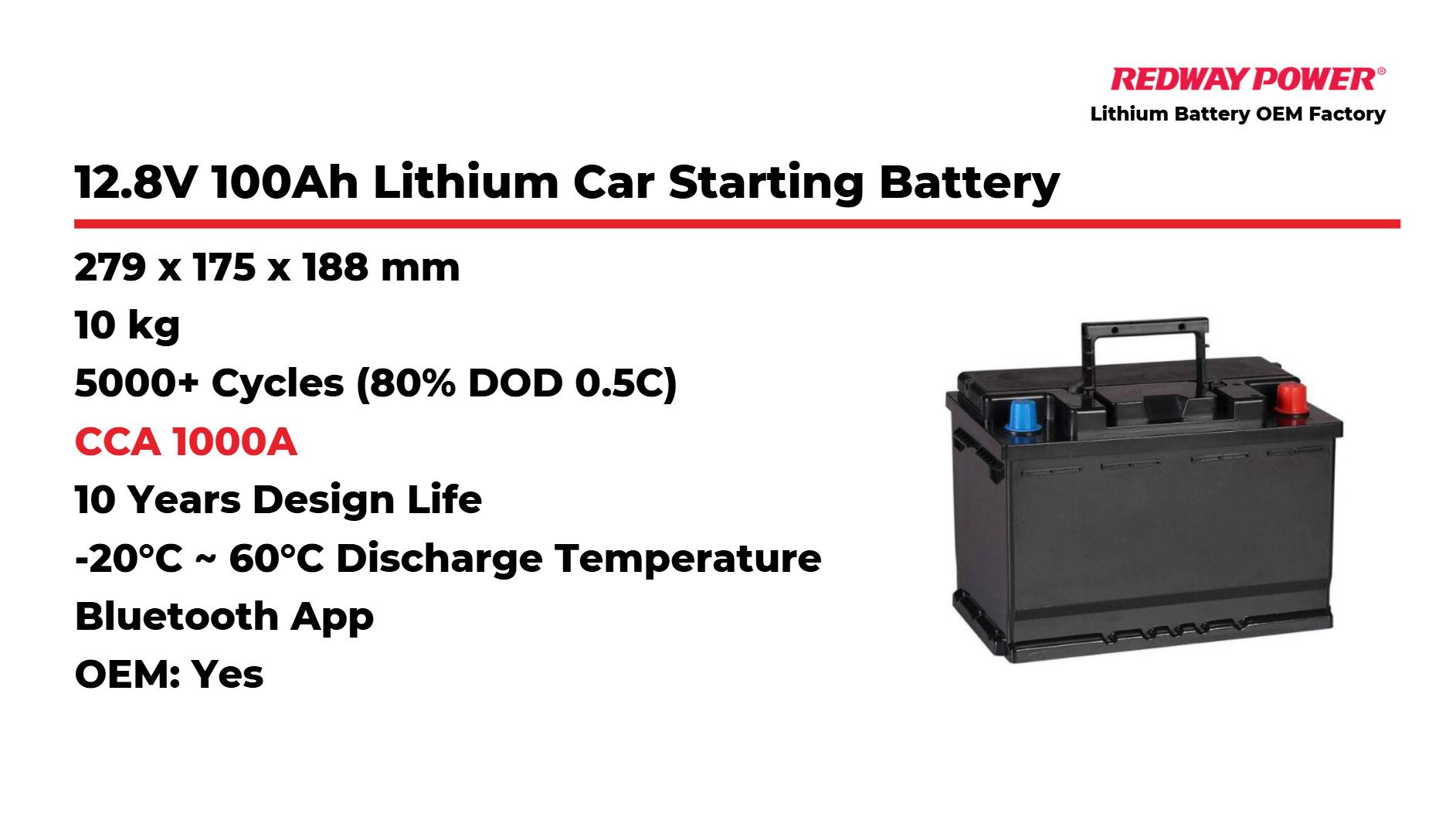
What Are the Five Key Functions of a Car Battery?
A car battery serves several essential functions that are crucial for vehicle operation. Primarily, it provides the electrical energy needed to start the engine. Additionally, it powers various electrical systems, regulates voltage, and supports accessories. Understanding these functions can help you appreciate the importance of maintaining your vehicle’s battery.
What is the primary function of a car battery in starting the engine?
The primary function of a car battery is to provide the electrical current needed to start the engine. When you turn the ignition, the battery sends power to the starter motor, which then cranks the engine, allowing it to start running. Starting Power Chart
| Action | Description |
|---|---|
| Turning Ignition Key | Sends signal to release stored energy |
| Battery Surge | Provides power to starter motor |
| Engine Crank | Initiates combustion process |
How does a car battery assist in powering the ignition system?
A car battery powers the ignition system by supplying electrical energy to the ignition coil. This energy is necessary to create a spark that ignites the air-fuel mixture in the engine’s cylinders, enabling combustion and engine operation. Ignition System Power Chart
| Component | Function |
|---|---|
| Spark Plugs | Ignite fuel-air mixture |
| Ignition Coil | Converts low voltage to high voltage |
| Battery | Supplies necessary electrical energy |
Why is a car battery critical for sustaining electrical systems in vehicles?
A car battery is critical for sustaining electrical systems as it acts as a power reserve. It supplies electricity when the engine is off and supports various electrical components, such as lights, radio, and navigation systems, ensuring they function properly. Electrical System Support Chart
| System | Power Requirement |
|---|---|
| Headlights | Requires steady current |
| Radio | Draws power continuously |
| HVAC System | Needs consistent voltage |
How does a car battery support additional electrical components and accessories?
A car battery supports additional electrical components and accessories by providing power when the engine is not running. It ensures that devices like headlights, infotainment systems, and climate control operate smoothly, even when the alternator is not charging the battery. Accessory Power Support Chart
| Accessory | Power Demand |
|---|---|
| Power Windows | Requires immediate power |
| Navigation Systems | Needs continuous operation |
| Climate Control Systems | Draws significant current during use |
What role does a car battery play in voltage regulation and surge protection?
A car battery plays a vital role in voltage regulation by stabilizing voltage levels within the vehicle’s electrical system. It absorbs voltage spikes caused by sudden changes in demand or alternator output, protecting sensitive electronic components from damage. Voltage Regulation Chart
| Voltage Fluctuation | Battery Response |
|---|---|
| Sudden Spike | Absorbs excess voltage |
| Drop in Voltage | Releases stored energy |
Industrial News
Recent advancements in automotive technology have highlighted new developments in car batteries, particularly with lithium-ion technology becoming more prevalent. These batteries not only offer longer lifespans but also improved performance under extreme conditions. As manufacturers focus on enhancing vehicle efficiency and sustainability, understanding these functions becomes increasingly important for consumers.
Expert Views
Understanding your car’s battery functions is essential for maintaining vehicle health,” states Jane Doe, an automotive expert. “A well-maintained battery not only ensures reliable starting but also protects sensitive electronics from damage due to voltage fluctuations.”
